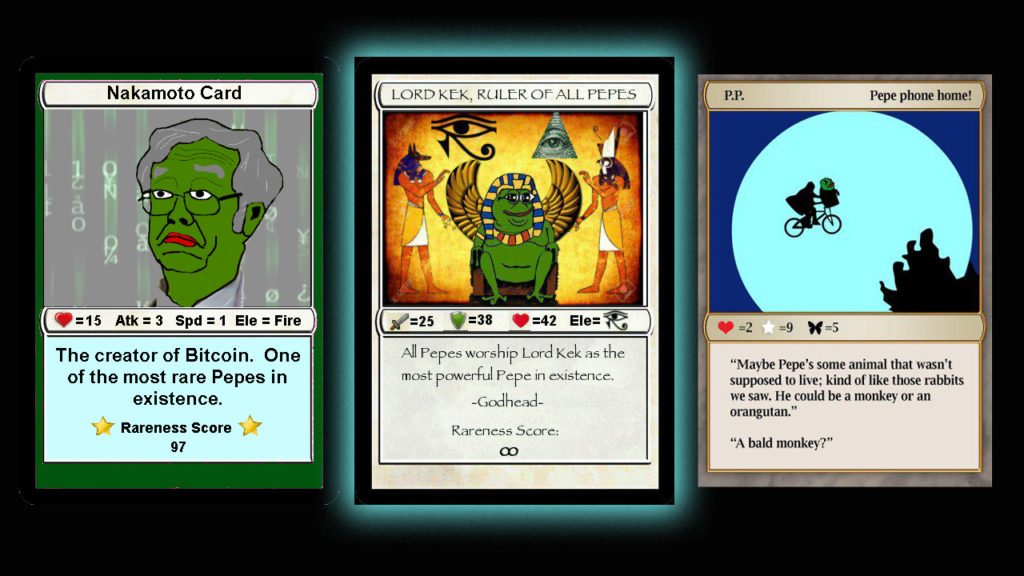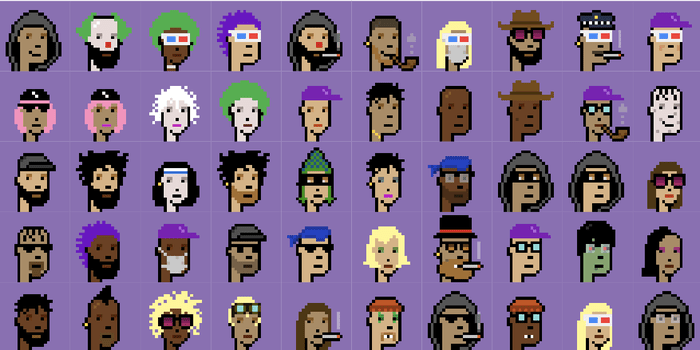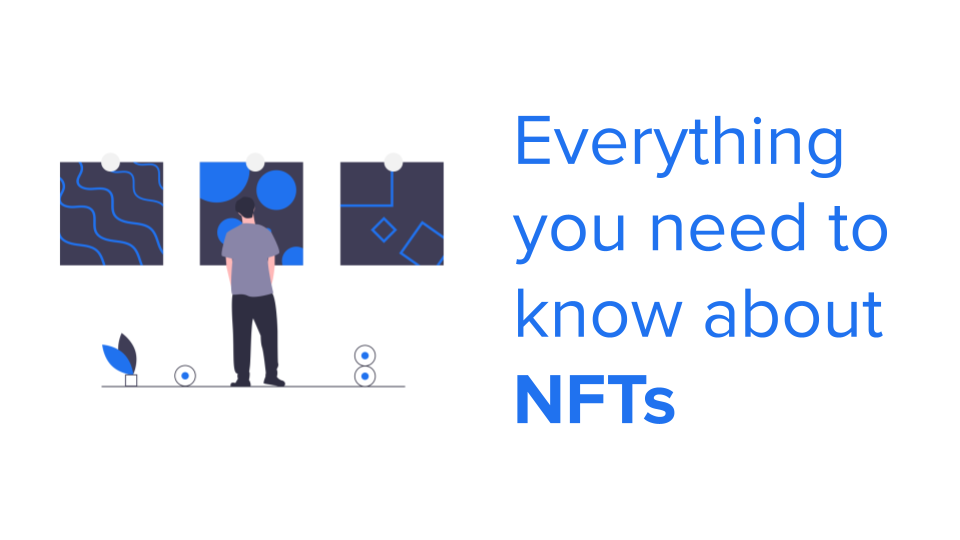Welcome to the world of NFTs, the hottest new craze today. Everyone is hopping on board from companies like CocaCola to sports leagues like the NBA and so on. So what are NFTs? Why are these little JPEGs so highly valued all of a sudden?
What is an NFT?
NFT stands for non-fungible token. Now what does non fungibility mean? It is simply the property of uniqueness. Its non fungible hence it cannot be replicated or exchanged. An NFT is as unique as your fingerprint or a snowflake, absolutely one of a kind! Taking a picture or screenshot of an NFT does not mean you now own it, only the owner of the NFT will enjoy true ownership as he possesses the cryptographic token.
How does the technology work?
NFTs are tokens built on the blockchain using complex algorithms. An NFT has an individual digital signature and a cryptographic algorithm that defines its uniqueness and scarcity. It is immutable by nature meaning it can’t be altered or duplicated. The transaction is shared with all the nodes and computers in the network.
The tokens are locked safely in the blockchain network and can never be deleted. Every computer and node in the network would have to be wiped to destroy any token or information.
History of NFTs
Coloured coins were the very first NFTs to exist, which were the smallest denominations of Bitcoin called Satoshis. Sadly, it was very short lived as it could only represent certain values if everyone agreed on their worth. This didn’t sit too well with everyone, and there ended the legacy of the coloured coins. However, it did open up the doors for experimentation that ultimately led to the creation of NFTs. The amazing potential of issuing assets on blockchain was slowly presenting itself over time.
2014
Three bright individuals Adam Krellenstein, Evan Wagner, and Robby Dermody started the company Counterparty. A peer to peer open-source platform that allowed asset creation. Counterparty was truly the stepping stone for the beginning of the NFT revolution. As the creation of tokens bore no restrictions, experimentations were happening in full swing. The commonly traded assets started out with memes and gaming cards back then.
2016
NFTs started to really pick up and gain hype when Counterparty started to issue RarePepes as assets. There were even Pepe experts in place who verified the rarity of the Pepe. This was the turning point when people started to experience FOMO (fear of missing out) and wanted to get their hands on these one of a kind pieces.

2017
it was the creation of CryptoPunks that was the defining moment for NFTs. Two creative techies, John Watkinson and Matt Hall created unique characters generated on the Ethereum platform. They created 10,000 extremely unique CryptoPunk NFTs. Fun fact, the creators actually opted to let anyone with an Ethereum wallet claim one for free! Owners also started a secondary resale market that is still thriving today.

CryptoKitties was another hot craze after CryptoPunks. Users rushed to collect cats with unique characteristics from the blockchain. They would even go further on and mate them to create their own little offspring sharing similar traits to the parents.
2018 to Date
Now the real NFT explosion is taking place before us, as we see an influx of NFT projects and marketplaces. The space has become more innovative than ever with crazy creativity as NFTs expanded into gaming, virtual lands, digital avatars and so on.
Future of NFTs
Now that we’ve discussed how NFTs have risen up through the years, let’s see what the future holds for NFTs.
This crazy journey is just starting. After all, NFTs widespread adoption only began 4 years ago in 2021. The future of NFTs is looking bright as it is a gateway to democratising assets and protecting its authenticity.
The phenomenon of tokenisation can also make life better by removing the middleman. For example, tokenization of the film industry is something that may be in store in the near future. Wherein the production house of the film directly sells the movie as a token to the consumer i.e. the viewer. Thereby cutting out all middlemen involved while preserving authenticity that eliminates all piracy.
There are really no bounds to the applications of an NFT, tomorrow a newborn baby’s birth certificate might be an NFT or even your vaccine passport!

